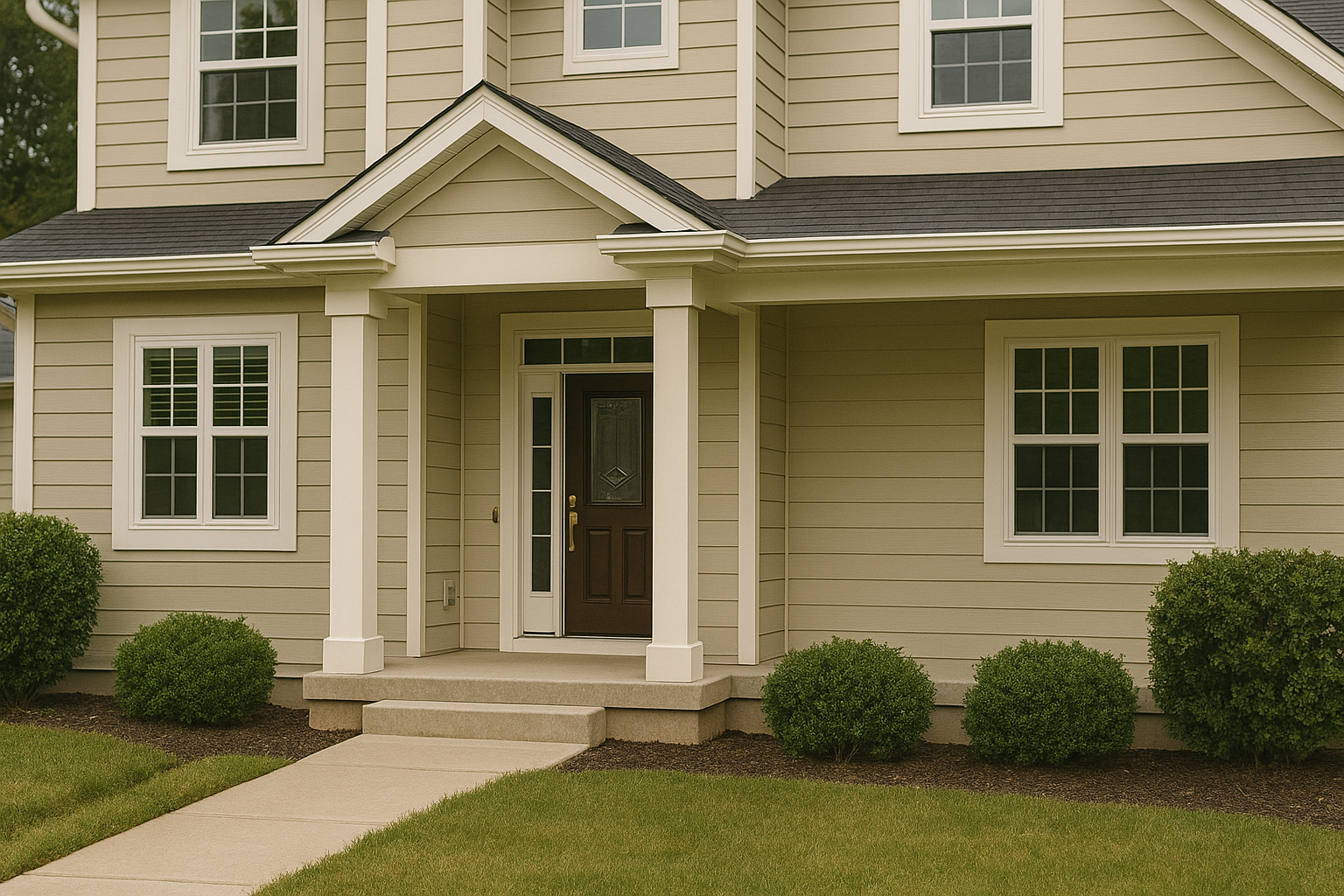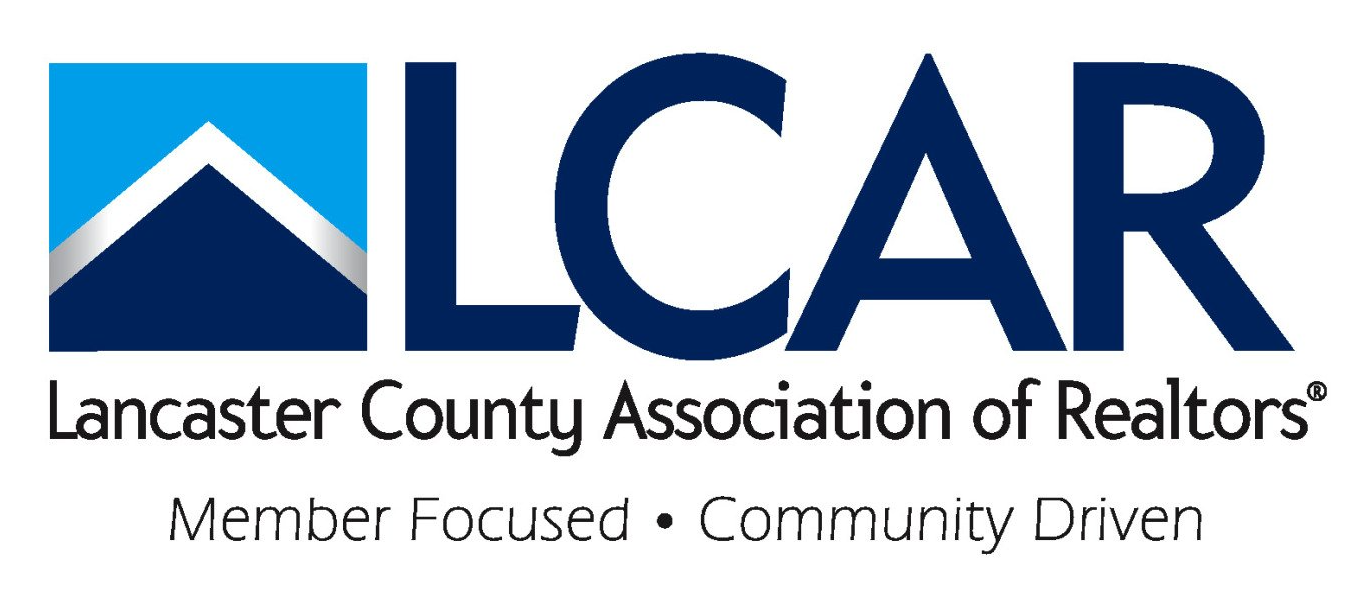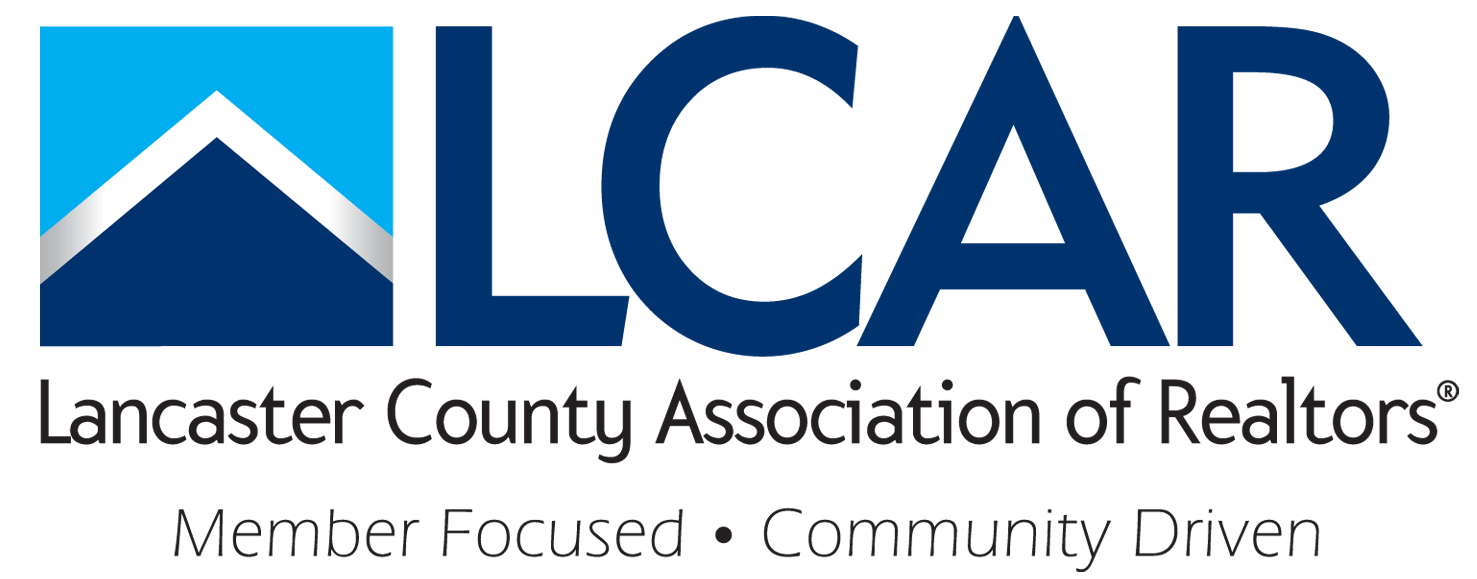How You Gonna Pay For That?


Many individuals choose to invest in real estate outside of their primary residence because it’s generally known to be a stable and appreciating investment that can provide passive income for the future and even retirement. Additionally, many homeowners purchase second homes or vacation homes to enjoy life in a “home away from home.”
While some investors and buyers of second homes purchase with cash, many take on a mortgage for these purchases to balance their portfolios and keep their cash elsewhere within other investments or just on hand for reserves.
Although mortgage rates were generally higher when a home was not going to be a primary residence or not occupied by the owner, conventional mortgages were still available for buyers who chose to go in that direction.
Unfortunately, all of that changed in April of 2022.
An amendment to a stock purchase agreement between the US Treasury and Fannie Mae & Freddie Mac limited the percentage of mortgages than can be held for investment properties and second homes to no more than 7% of their total portfolio.
Fannie Mae and Freddie Mac essentially control all conventional/conforming mortgages in the United States, so this limitation has a direct impact on mortgage lenders nationwide.
These restrictions/limitations which were put into place effective April 2022, make it virtually impossible for mortgage lenders to be able to write mortgages on lower priced non-occupant borrower homes.
This is due to the increased pricing that Fannie Mae and Freddie Mac have put into place which now make these loans non-compliant for mortgage lenders to close as they are considered high-cost or higher-priced loans and now exceed limits set forth by the Consumer Financial Protection Bureau (CFPB). Loans that do not meet these guidelines are also known as “Non-QM Loans” or non-qualified meaning they do not meet requirements of Fannie or Freddie.
An example of this is as follows: Let’s assume a $150,000 purchase price investment property, 20% down payment for a loan amount of $120,000. To achieve the best possible pricing at an interest rate of 7.00%, it would cost the borrower 2.5 points (1 point is equal to 1% of the loan amount). In addition, a borrower would have lender fees for processing and underwriting of say $1200 which would then be a total cost for points and fees of $4200. The CFPB imposes a limit of 3% of the loan amount for points & fees for a transaction such as this which would be $3600. The only way for a lender to close this loan would be to take a loss of $600. A loan that exceeds the 3% is considered a high-cost mortgage. In addition, but more importantly, the Annual Percentage Rate (APR) on a mortgage such as this would be 8.497% which is considered a “Higher-Priced Mortgage Loan” (HPML) and deemed non-compliant by the CFPB since the APR cannot exceed 1.5% above the “Average Prime Offer Rate” (APOR) which would be 6.50% based on this scenario.
So essentially instead of Fannie and Freddie coming out and simply saying lenders can’t write these loans, they basically put pricing in place that make it impossible for lenders to do them with lower loan amounts and stay within the imposed limits for points, fees, and the APR limits. This will ultimately then allow them to keep below the 7% limits of non-owner-occupied mortgages within their portfolios.
Ultimately, the only options that exists for buyers of lower-end investment properties or second homes would be a cash purchase or a “Non-Qualified Mortgage Product” (Non-QM). A cash purchase is self-explanatory if a buyer has the means. There are lenders in the market that offer non-QM products, but the downside is that the rate is often substantially higher (double digits), and the underwriting requirements may be more difficult including higher credit scores or larger down payments.
Surprisingly these restrictions have not had a sever impact on the housing market yet since inventories remain low and many investors have the means to pay cash for their purchases. Assuming the restrictions remain in place indefinitely, there most likely would be impact to investor buyers, second home buyers and of course mortgages lenders being unable to write non-QM loans.
Dan Ranck
Mortgage Loan Officer
NMLS #140989
HomeSale Mortgage, LLC
NMLS #1054689
Direct : 717.271.2400 | efax : 866.849.4320
dan.ranck@homesalemortgage.com | www.danranck.com
Facts, opinions and information expressed in the Blog represent the work of the author and are believed to be accurate, but are not guaranteed. The Lancaster County Association of Realtors is not liable for any potential errors, omissions or outdated information. If errors are noted within a post, please notify the Association. Posts represent the author's opinion and are not necessarily the opinion of the Association.













